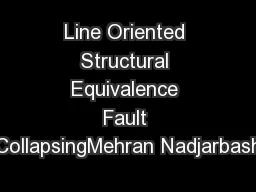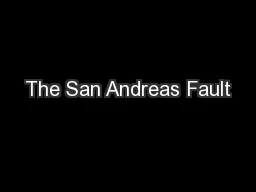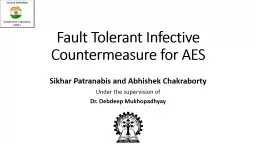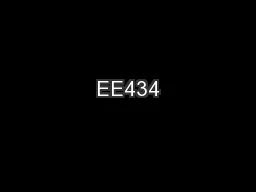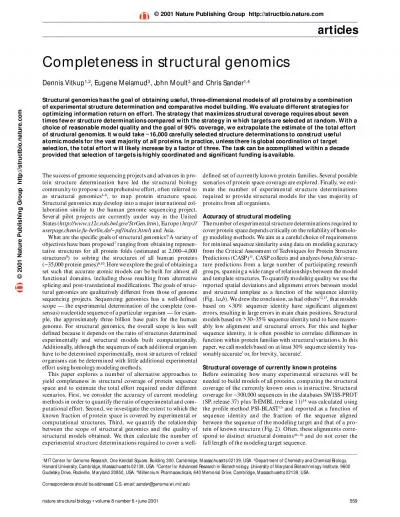PDF-Line Oriented Structural Equivalence Fault CollapsingMehran Nadjarbash
Author : danika-pritchard | Published Date : 2016-11-02
1 Netlist Fault Collapsing Reduced Fault List Test Generation Fault Simulation abeeh 2 two faults hsa0 and jsa1 are structurally equivalentThis is because if we
Presentation Embed Code
Download Presentation
Download Presentation The PPT/PDF document "Line Oriented Structural Equivalence Fau..." is the property of its rightful owner. Permission is granted to download and print the materials on this website for personal, non-commercial use only, and to display it on your personal computer provided you do not modify the materials and that you retain all copyright notices contained in the materials. By downloading content from our website, you accept the terms of this agreement.
Line Oriented Structural Equivalence Fault CollapsingMehran Nadjarbash: Transcript
Download Rules Of Document
"Line Oriented Structural Equivalence Fault CollapsingMehran Nadjarbash"The content belongs to its owner. You may download and print it for personal use, without modification, and keep all copyright notices. By downloading, you agree to these terms.
Related Documents

